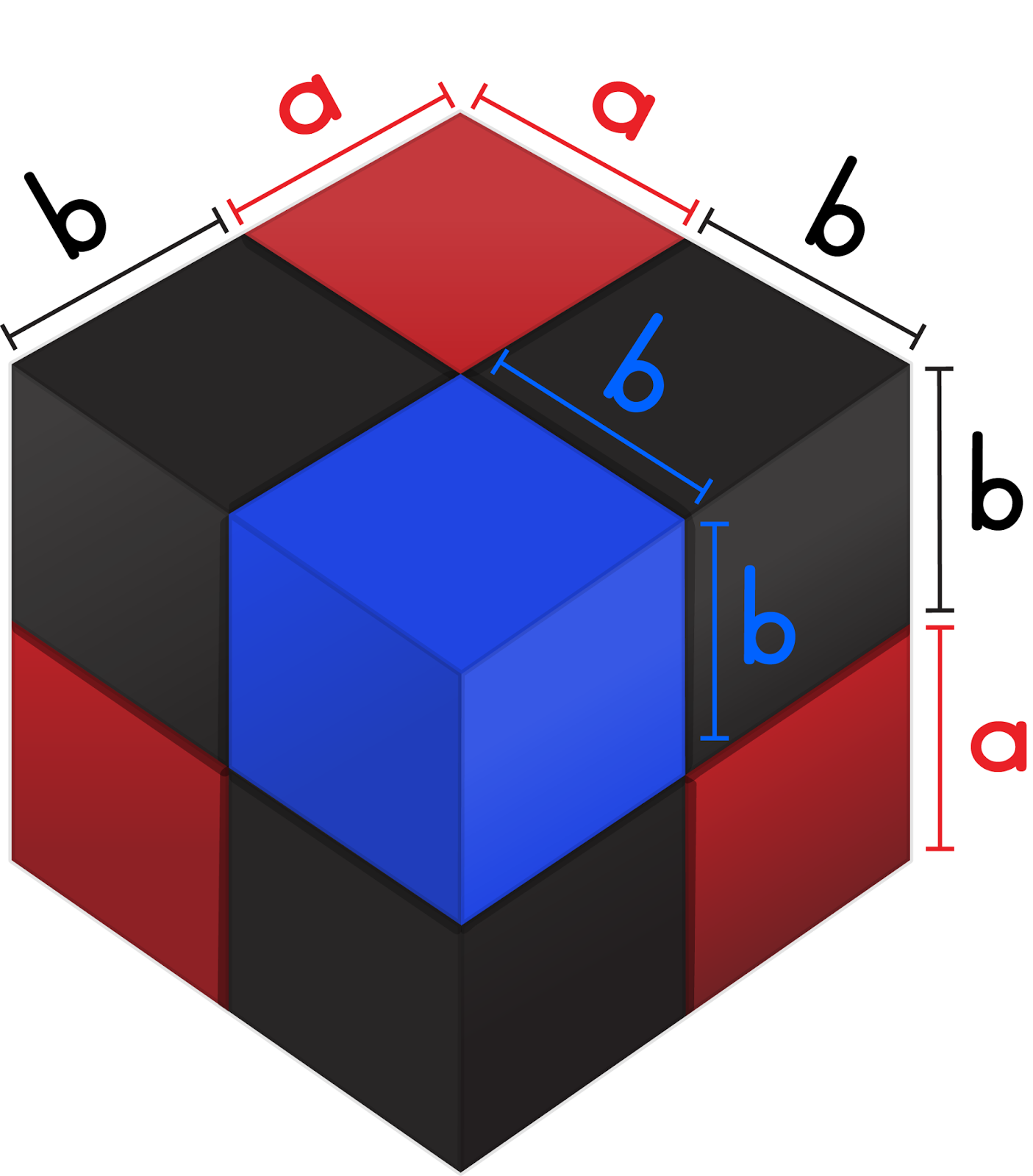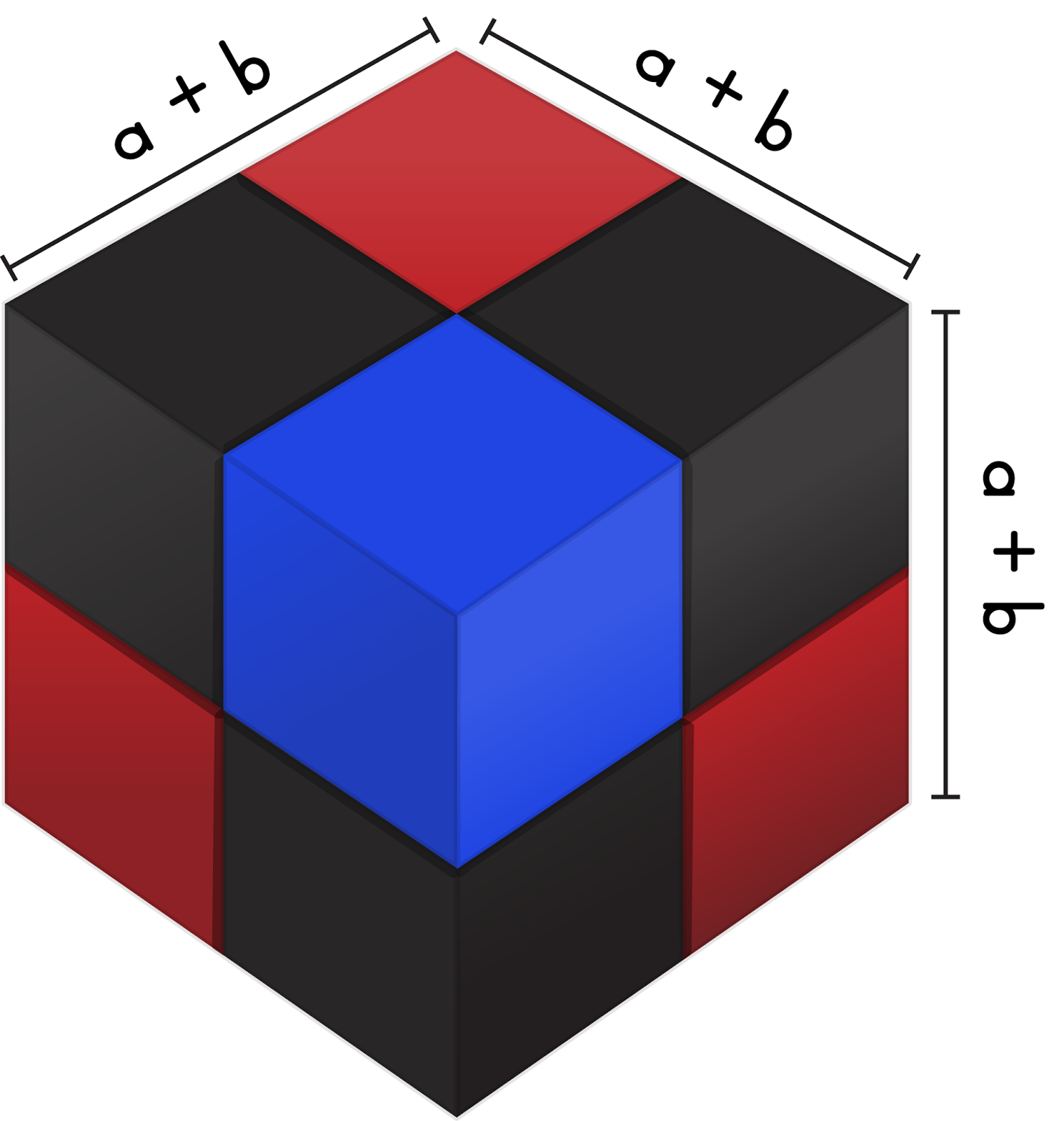
In a previous blog, we discussed the value of inclusion and how Montessori’s tenet of following the individual needs of the child makes it inherently inclusive. The Circle of Inclusion Project (University of Kansas) and Raintree Montessori (Lawrence, Kansas) listed 11 specific ways in which Montessori education addresses the needs of all children, including those with disabilities. Included in this list is “Academic materials that provide a concrete representation of the abstract.” In today’s blog, Michelle kindly shares her classroom experiences to provide real-life examples of how Montessori meets that specific goal.
The Montessori materials are more than toys or manipulatives. Carefully thought out and designed, each material has its own direct and indirect purpose in the education of the child. The sensorial materials used in the early childhood environment exemplify this significant feature of Montessori materials.
For example, consider the Binomial Cube, which is presented as a sensorial material in the early childhood environment.
At first glance, the Binomial Cube is a three-dimensional puzzle that the children enjoy taking apart and building. While they are working with the Binomial Cube, however, they are also experiencing the following:
- The Binomial Cube has two distinct layers.
- The cube contains two cubes and six prisms.
- The dimensions of each cube and prism represents a mathematical expression:
- one small blue cube = a x a x a or a3
- two black and blue prisms = 2(b x a x a) or 2a2b
- one red and black prism = b x b x a or ab2
- one red cube = b x b x b or b3
- two black and red prisms = 2(b x a x b) or 2ab2
- one blue and black prism = a x a x b or a2b
- The red and blue cubes form a diagonal on both layers of the cube.
- The positions and number of the cubes indicate that this is a binomial equation.
- The binomial equation (or two-term algebraic equation) is
a3 + 2a2b + ab+2 + b3 + 2ab2 + a2b = a3 + 3a2b + 3ab2 + b3 = (a + b)3
Academic Materials That Provide a Concrete Representation of the Abstract
All of these ideas are taught indirectly through the materials. By manipulating and working with the Binomial Cube, the child internalizes the cube’s size and shape and stores it in his memory for later use. When introduced to binomial equations in the Montessori upper elementary math activities, the child can draw upon his prior sensorial experiences and apply them to his current learning.
Case Study: Jessica
I taught Jessica when she was a sixth-year student. I remember her always being the first to volunteer to help in the classroom and being a quintessential peace-maker in our community. She loved to read about horses. She also loved to cook and was always asking to try out new recipes. Most of all, Jessica wanted to do higher level math.
Math did not come easily to Jessica. In a conventional classroom, she may have been labeled with dyscalculia. That did not stop her, though. Jessica worked over and over again with the Montessori math materials, asking for more lessons and diligently working and re-working equations until she got them correct. Although she was frustrated at times, she never gave up.
One day, Jessica asked to join a lesson in squaring numbers. Knowing that children learn from their peers and absorb information from their environment, I agreed, though I was curious how much she would really understand. The group she was joining was almost a year ahead of her in their learning. I began my presentation with the Binomial Cube silently, labeling the length, width, and height of the red cube as “a” and of the blue cube as “b.”

Then, I demonstrated that the length, width, and height of each side of the cube was equal to a + b.

We then reviewed our previous learning of the equation for volume as length x width x height (V = l x w x h), and applied the equation to the cube:
length = (a+b)
width = (a+b)
height = (a+b)
Volume of the Binomial Cube = (a+b) (a+b) (a+b) = (a+b)3

The whole room stood still when Jessica shouted, “I GOT IT! Miss Michelle, do you mean to tell me that the Binomial Cube is really an algebra problem? I have been playing with this since I was 3 years old! Do you mean that I have been doing algebra all this time?”
While it would have been easy to laugh, I calmly explained that this was what the Montessori materials were all about. The children quickly became excited and started drawing their own conclusions about the mathematical and algebraic qualities of other Montessori materials, like the Pink Tower. They ran to the early childhood classroom to borrow the Pink Tower for the morning and set to work coming up with their own scientific hypothesis and formulas.
From that day on, Jessica’s mathematical confidence grew. She still found multi-digit multiplication and long division a challenge, but she did not let that stop her from attending the algebra presentations. It was extremely challenging, but in true Jessica fashion, she persevered. We all rejoiced with her when Jessica was able to solve higher-level abstract equations.
Jessica grew up in the Montessori environment. She began working with the concrete Montessori materials when she entered the early childhood community at age 3. By working with the sensorial materials, she indirectly prepared for later abstract work. What lay dormant for 6 years came to the forefront when Jessica was ready.
As much as possible, NAMC’s web blog reflects the Montessori curriculum as provided in its teacher training programs. We realize and respect that Montessori schools are unique and may vary their schedules and offerings in accordance with the needs of their individual communities. We hope that our readers will find our articles useful and inspiring as a contribution to the global Montessori community.
© North American Montessori Center - originally posted in its entirety at Montessori Teacher Training on Monday, October 24, 2016.
© North American Montessori Center - originally posted in its entirety at Montessori Teacher Training on Monday, October 24, 2016.

I love this article, math had always been a challenge for me .thank you.
ReplyDelete